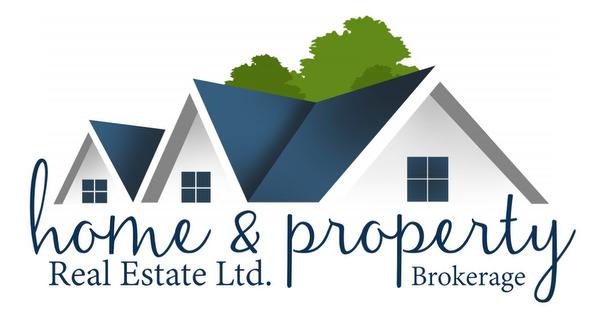
Article Title
From extreme cold to wildfires and floods, the past few years have brought a historic number of devastating climate and weather events to Canada. In 2023 alone, unusually harsh weather and a string of natural disasters caused more than $3.1 billion in insured damages, according to the Insurance Bureau of Canada, making it the fourth most expensive weather year on record.1
These events delivered a huge influx of home insurance claims, and analysts expect the increase in both catastrophes and claims to continue. Adding to the problem, construction labour and supply costs have risen, making it more expensive to repair affected homes. Consequently, homeowners' insurance rates have surged: In 2024, My Choice Financial reports that premiums are already up 7.66% since last year and are likely to climb further still.2,3

